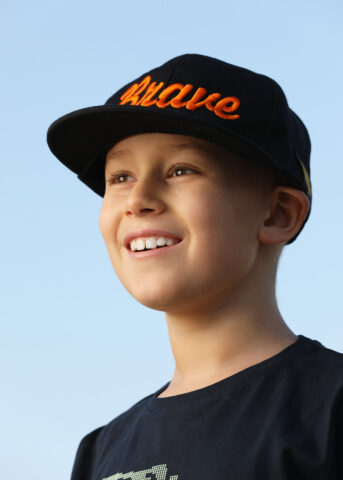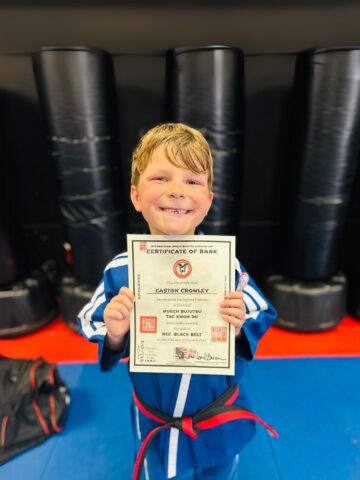By Celeste P., mom of CHOC patient Camila
When my daughter Camila was going through epilepsy surgery, I read stories about other kids’ success, and gleaned hope from them. As much as I learned from her doctors and nurses, it was helpful to read a parent’s perspective. I now share our journey in the hopes that it will be a source of comfort to other parents.
A mother’s instinct
During my pregnancy, an ultrasound showed that my baby had heart abnormalities. Camila underwent an MRI after she was born, and the imaging confirmed she had tuberous sclerosis complex (TSC) — a disorder that causes growths in multiple organs including the brain, heart, kidney and lungs.
The growths in her brain associated with TSC often cause seizures. In the days after Camila was born, I noticed the right side of her body seemed to twitch, and my instincts told me she was having seizures. I mentioned it to her nurse, but she dismissed my worries.
We were sent home as if everything were normal, but my gut told me something was wrong. That’s when I called CHOC. Ahead of our appointment with a CHOC neurologist, I kept a journal to track Camila’s episodes, including what her body did and how often it happened.
The journey begins
We met Dr. Lily Tran, a pediatric neurologist with special training in epilepsy, when my daughter was a few months old. Over the next few years, we tried several different treatment options including the ketogenic diet, steroid treatment and countless medications.

Most treatments would follow the same pattern — the seizures would stop for a couple months, but then they’d come back stronger than they were before. Any progress Camila made during those seizure-free months would disappear, and she’d regress even further.
My husband and I just wanted to do everything possible for our daughter to have the best outcome.
Before surgery
Over the next few years, our lives revolved around trying to find a treatment that would stabilize her seizures. As open and willing as we were to try new treatment, this disease was relentless. Just before Camila’s fourth birthday, her condition finally regressed to the worst point it had ever been.
She stopped eating, was having 15 to 20 seizures per day, and was constantly throwing up. We had to pull her out of school. We couldn’t leave the house because she could no longer hold her head up, and I was scared to put her in her car seat. I had to take a leave of absence from my job because my daughter’s health was deteriorating so badly.
We weren’t living anymore; we were in survival mode.
I had been pushing for surgery for a couple years but had wanted to try every other treatment option before we got to that point. When Camila stopped eating, smiling and going to the restroom, I was done trying treatment.
Dr. Tran confirmed through a series of tests that Camila was a candidate for surgery.
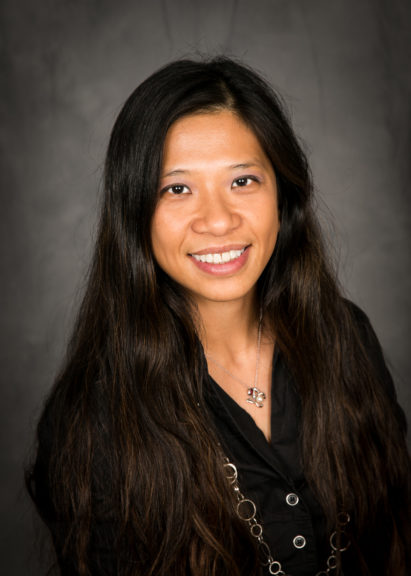
Guides on our journey
Before we met Dr. Joffre Olaya, a pediatric neurosurgeon at CHOC, Dr. Tran said, “I’ve worked with a lot of neurosurgeons in my career, and Dr. Olaya is amazing. I wouldn’t put your daughter in his hands if I didn’t trust him.”
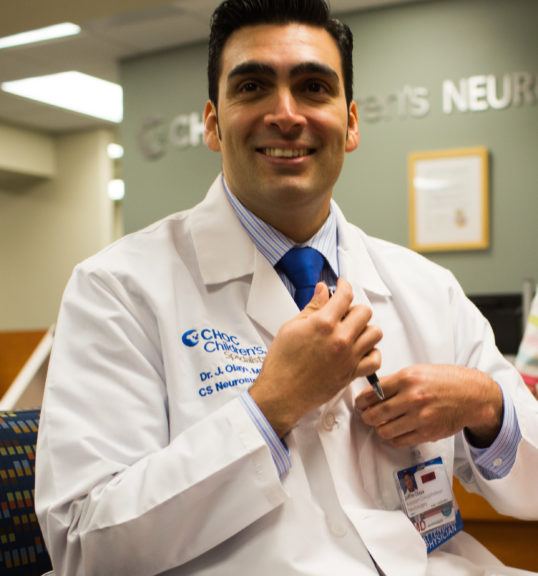
We knew surgery was the right decision, and that we had a good team in place, but as a mom I was still worried.
Camila’s care team at CHOC walked us through the whole process from surgery to recovery. Since most of Camila’s seizures originated from the left side of her brain, the plan was to disconnect the right and left sides of her brain and remove a portion of her left temporal lobe. This essentially “quieted down” the left side of her brain.
Camila’s care team answered all our questions. Although their job was to care for my daughter, they did a good job caring for us as parents, too.
Any lingering worries I had subsided when I happened to meet the mom of another Dr. Olaya patient at a grocery store in the weeks before surgery. What started as a stranger complimenting my daughter’s blanket turned into sharing stories and experiences and ended with total peace of mind.
I needed another parent to tell me it was going to be OK. She told me not to be scared and reminded me that we were in good hands with Dr. Olaya. That woman also put me in touch with another mom whose child had undergone the same surgery Camila was scheduled for. Being able to connect with a parent who understood exactly what I was going for meant the world to me.
Recovering from epilepsy surgery
Camila’s surgery lasted more than six hours.
While she recovered in the hospital, Dr. Olaya visited her every single day to check on her. He had a wonderful bedside manner.
Deciding to put our daughter through brain surgery was the biggest decision my husband and I had ever made, and I don’t know if we would’ve been as comfortable with that decision without Dr. Tran and Dr. Olaya.
Camila spent a month at CHOC recovering from surgery, and then she moved to a rehabilitation facility. Extensive rehabilitation is needed to help the brain continue healing after surgery. While she was there, she developed hydrocephalus— fluid buildup within the brain. This prompted a trip back to CHOC for a surgery to drain the fluid, and a one-month hospital stay to recover from surgery. We went back to CHOC for another surgery to drain that fluid and month-long recovery.
Life after epilepsy surgery
These days, Camila is doing amazing. Before surgery, I would have to look at old photos of my daughter to remember what her smile looked like. The first time I saw her smile after surgery, it made everything worth it.
Although her seizures returned a few months after surgery, they were less frequent and less severe than before surgery. We didn’t want to put her through another surgery, but fortunately we’ve been able to keep seizures at bay through other treatments.
As the parent of a child with special needs, we had learned over the years to find our version of normal. We had gotten used to Camila’s feeding tube – a necessity because she was unable to eat by mouth due to her developmental delay caused by TSC, and her frequent seizures. We had normalized frequent trips to the doctor and kept a bag in the car for emergency hospital visits. That was all normal for us.
We never pictured being able to do things that typical families do all the time: going to the grocery store or the mall, being away from home for more than two hours, traveling, or sleeping well at night knowing your child is safe. Now, those are all realities for us.
Besides regular checkups, we haven’t had to go back to the hospital since we were discharged from surgery recovery.
Pre-surgery, Camila wasn’t able to go swimming because of her frequent seizures. Now, she loves going to the pool and playing with other kids.
We had never let ourselves dream of traveling with my daughter, but we recently took family trips to Disney World and Mexico.
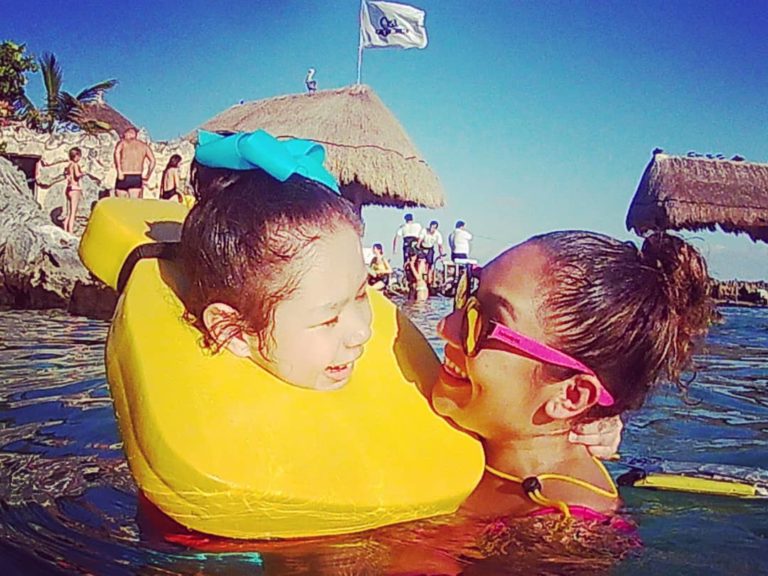
Camila is back in school, and recently won awards for being the most involved and most improved.
All we want is for my daughter to be happy; everything else is just the cherry on top.
My advice to other moms
To another parent reading this whose child has epilepsy, know that you are not alone.
Know that it’s OK not to have all the answers. You will want to be strong for your kids, but this is a scary time. It’s OK to feel scared and sad. It’s OK to have bad days. Allow yourself the space and time to feel upset or sad about your situation.
I’m eternally grateful for the epilepsy mom I met in the grocery store, and the parent she introduced me to as well. In addition to those sources of support, my daughter’s care team helped me get involved with a support group for epilepsy parents. We help one another navigate the medication and treatment process from a parent perspective – something that at times can feel overwhelming. I would encourage any parent who has a child with epilepsy to seek out a similar group.
You and I may be strangers, but we’re really not — we’re family.
Get more expert health advice delivered to your inbox monthly by subscribing to the KidsHealth newsletter here.
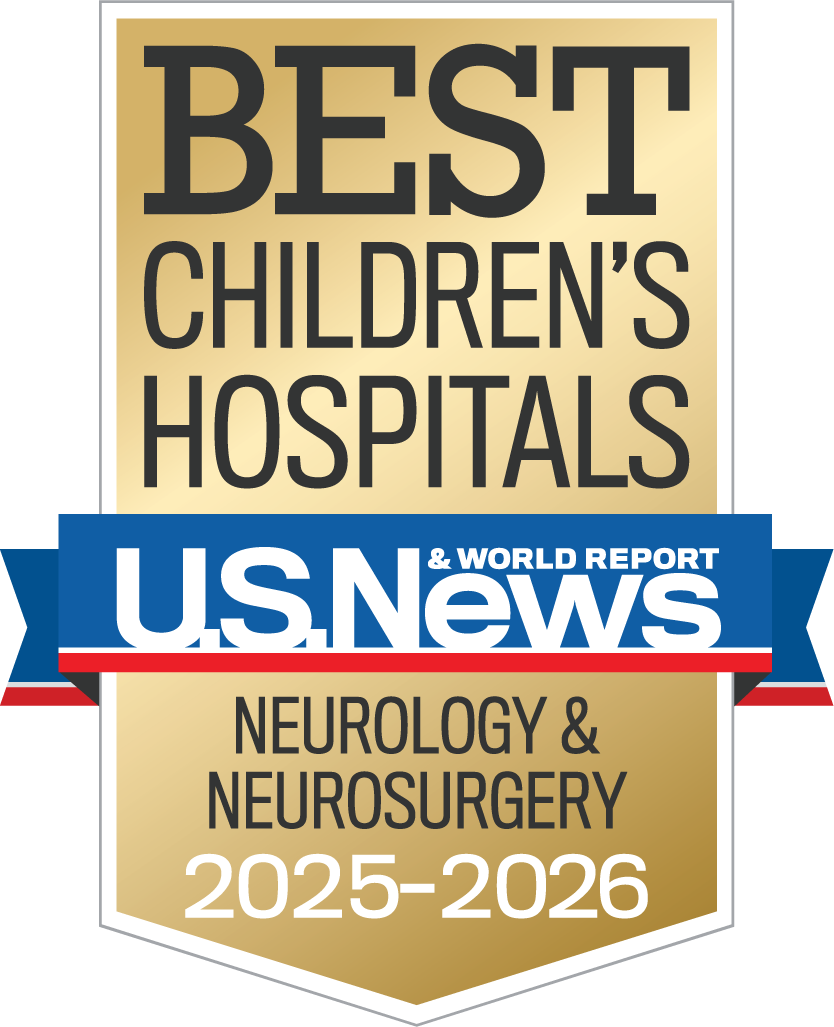
Learn more about CHOC’s Neuroscience Institute
CHOC Hospital was named one of the nation’s best children’s hospitals by U.S. News & World Report in its 2025-26 Best Children’s Hospitals rankings and ranked in the neurology and neuroscience specialties.

